|
|
AuthorMy name is Juha Vaittinen, I am 60+ years old MA, my main subject was general/world history. I have worked appr. 25 years at a couple archives. I have been interested in military and aviation history for decades. Archives
January 2023
Categories
All
|
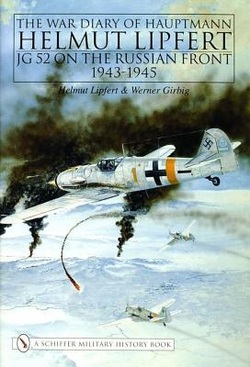
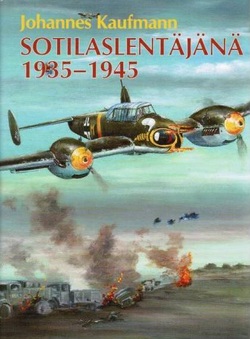
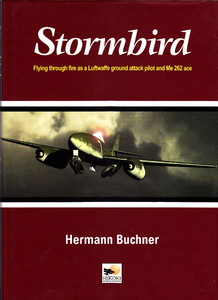

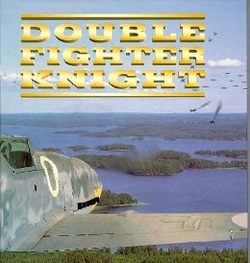
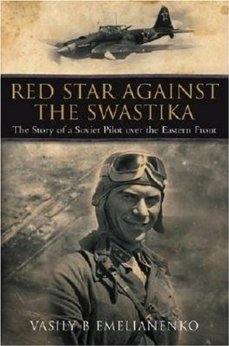
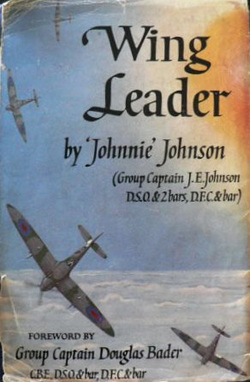
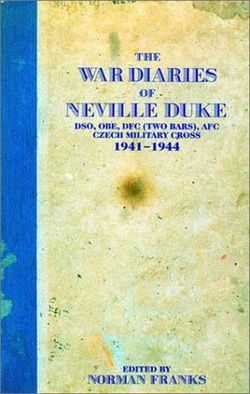
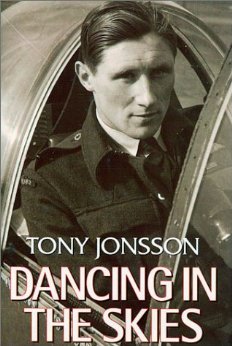
 RSS Feed
RSS Feed
